The use of a single electronic flash on small creatures
By Jim Moerschel
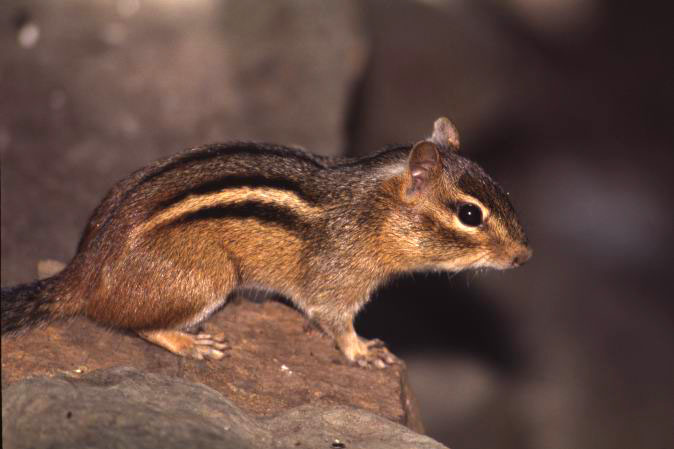
Close-up photography in nature is both exhilarating
and very challenging to create high
Quality images of small creatures. The first obstacle is being able to
approach wary little
Denizens of our swamps, fields and forests close enough to fill the frame
of our viewfinder.
Once that is accomplished, we are faced with depth of field and shutter
speed issues that need
To be resolved. The primary problem is the quality of light, since we
may be out and about
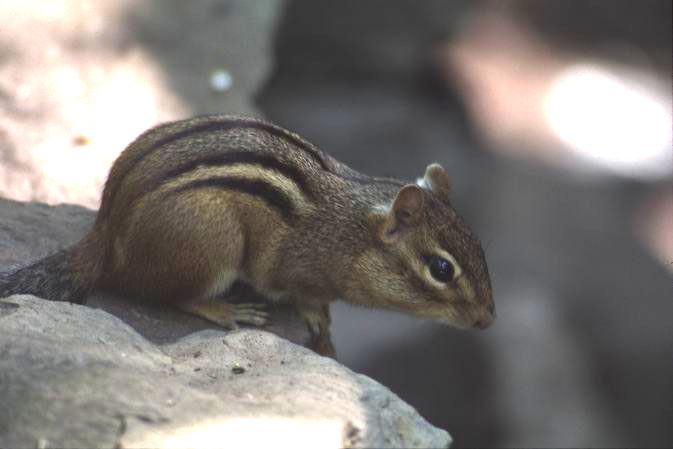
On days when the light is dull and also dim.
The solution to all these negative factors is to bring the main light
source along with
Us. Our modern cameras also use modern flash units that automatically
increase or reduce
The amount of light for proper exposure. Gone are the old days where close-up
lighting was
Lots of trial and error (mostly the latter) and everything was manually
calculated. The old
Manual method was excellent and to this day I still on occasion use it,
but with modern cameras
And dedicated electronic flash units, close-up nature photography is much
easier.
My camera setup is a Nikon N90s with a 180mm macro lens. I still use an
“older
Generation” Nikon SB 24 electronic flash with a “soft box”
diffuser mounted on the front of the
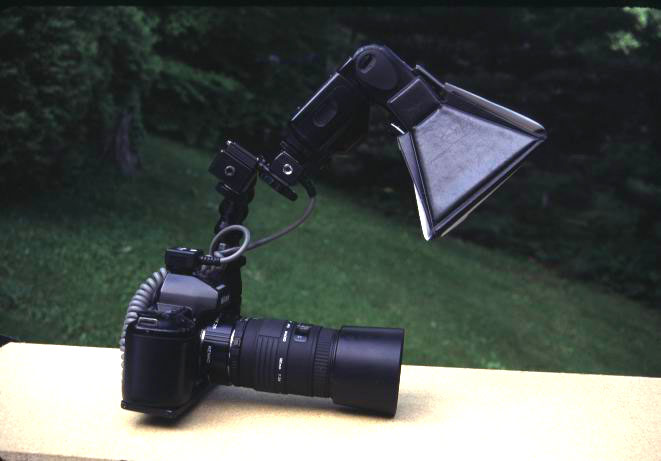
Flash. This diffuser spreads the light source evenly which gives the image
a nice look.
Now that we have our equipment ready, then we have to make a decision
on the camera
Settings. My preference is to shoot in aperture priority mode. This gives
me control over
My depth of field. The depth of field is so important in close-up shooting,
because as
Magnification increases we have a decrease in depth of field. Thus, lining
up the subject to
Include most of the head and body in sharp focus means trying to get as
parallel to the
Subject as possible. Sometimes we may want to shoot with a large f-stop,
which will give us
Very limited depth of field, but most of the time it will be better to
stop the lens down to f11
Or f16. These apertures will give the photographer more depth of field,
but while doing
Close-up photos, this will still be very limited. The camera will set
the shutter speed to
Correspond with the f stop down to f16.
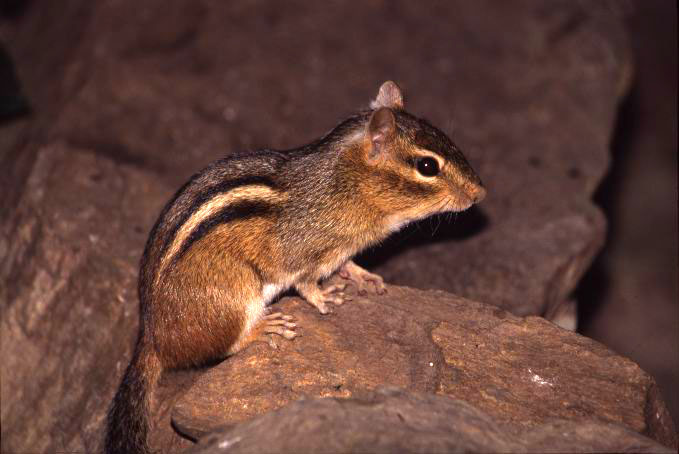
The most important part of the creature (subject) to be sharp is the eye.
Eye sharpness
Is critical for the success of the final image and cannot be emphasized
enough. If the eye is
Out of focus, it doesn’t matter that most of the rest of the head
and body are razor sharp. The
Photo is a failure. So it is a good idea to always focus precisely on
the eye of the tiny subject
And then make the image. If the eye is nice and crisp, the photo of the
creature will appear sharp
Even if most of the body is soft.
Now that we have our equipment ready and a guideline of how we will make
the photos,
Lets take a walk through the woods and visit our favorite pond. In summer
months there
Are lots of frogs, salamanders and dragonflies that inhabit these watery
places. There are always
Frogs sitting along the edge of my woodland pond, so we will find one
and go on the hunt.
Today I’ve found one sitting in the shallows facing the pond edge.
This won’t be
An easy stalk. It rarely is! I try to walk as slowly as possible and get
to a point where the
Frog still will tolerate my approach and then carefully get down on all
fours and begin inching
Closer. When I’m in decent range for a full body photo I take the
shot. This way I’ve got
One good photo in “the bank.”
The day is overcast and the light is dull and very dim. My first photo
shows this.
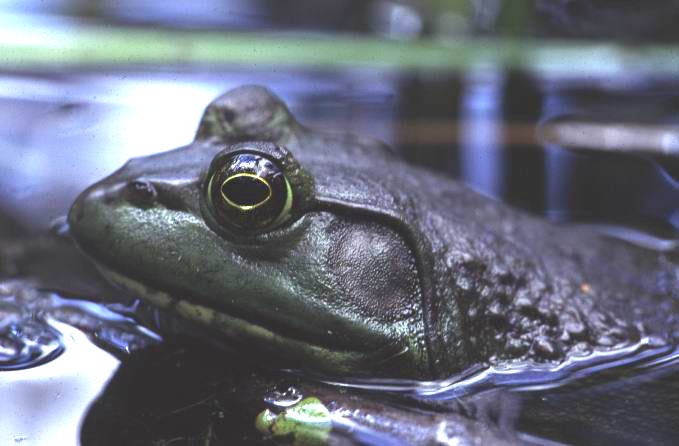
Then the flash unit is turned on and I focus and shoot. The second photo
shows a dramatic
Improvement. The colors jump out at the viewer, the background reeds and
water take on a
Colorful look. The entire scene is completely changed.
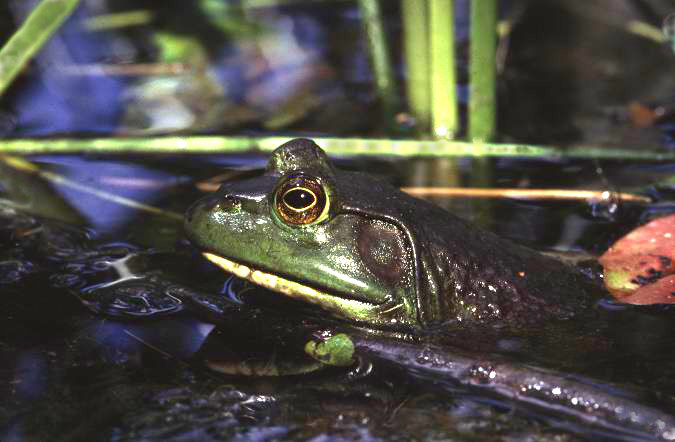
Now it’s time to creep ever closer. This is tricky. One sudden move
and the frog will
Dive into the pond. With the thought that I’ve got a good image
already should the frog take
Flight I reach forward until the head is tight within the viewfinder frame
and press the shutter.
The flash fires and the frog dives in. Got him!!
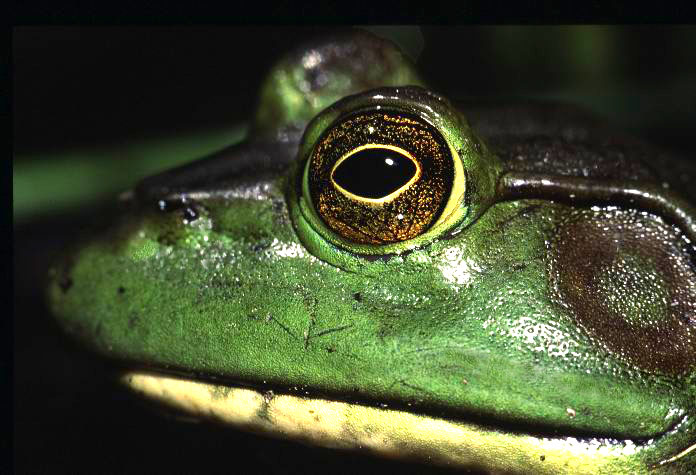
On the final head shot, I made sure I was focused right on the eye and
with the lens stopped down to f16 I got what I wanted. There are lots
of small creatures in every woodland
And lots of adventure for those who stalk them. Whether the day is bright
or dim go out
Anyway and bring your own “sun” with you and have lots of
fun.
I wish you good luck with your image making.